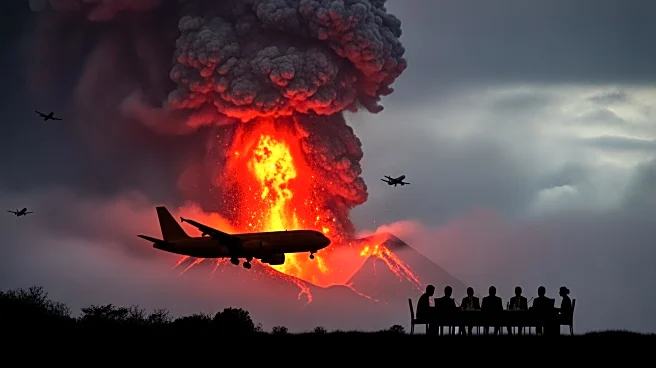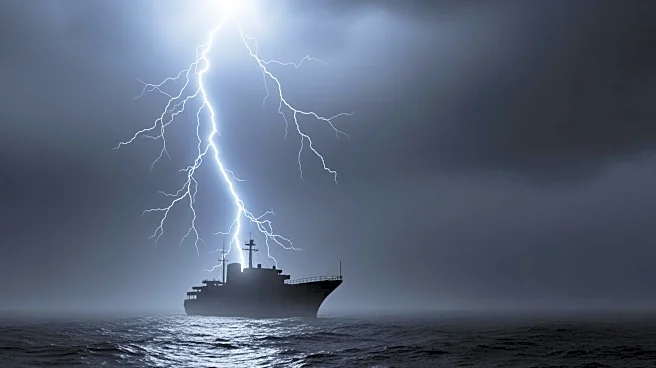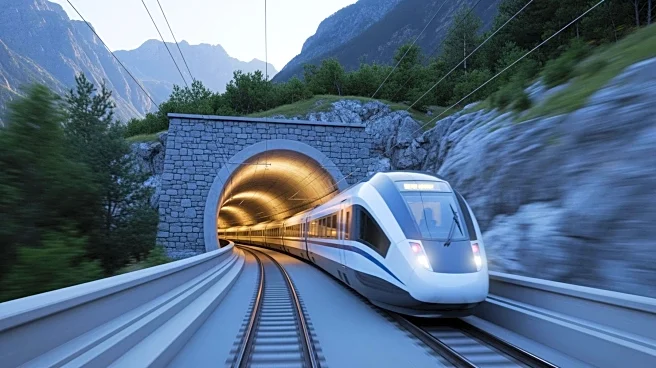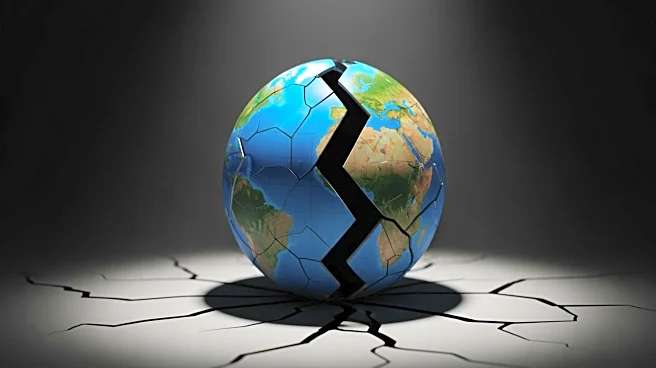What's Happening?
The Krasheninnikov volcano in Russia's Kamchatka region erupted for the first time since 1550, following a massive 8.8 magnitude earthquake. The eruption sent ash and gas nearly four miles into the atmosphere.
The volcano is part of the Eastern Kamchatka Volcanic Arc and is located within the Kronotsky Nature Reserve. The eruption was observed by personnel in the area, who reported ash, steam, and gas emissions.
Why It's Important?
The eruption of Krasheninnikov after centuries of dormancy highlights the dynamic nature of volcanic systems and their potential to reactivate following seismic events. This event provides a unique opportunity for scientists to study the mechanisms that trigger volcanic eruptions in response to earthquakes. The eruption also serves as a reminder of the potential hazards posed by dormant volcanoes in seismically active regions.
What's Next?
Scientists will continue to monitor the volcanic activity and assess the potential for further eruptions. The data collected from this event will contribute to the understanding of volcanic behavior and the development of predictive models. Authorities will remain vigilant for any changes in activity that could pose risks to nearby areas or aviation.












